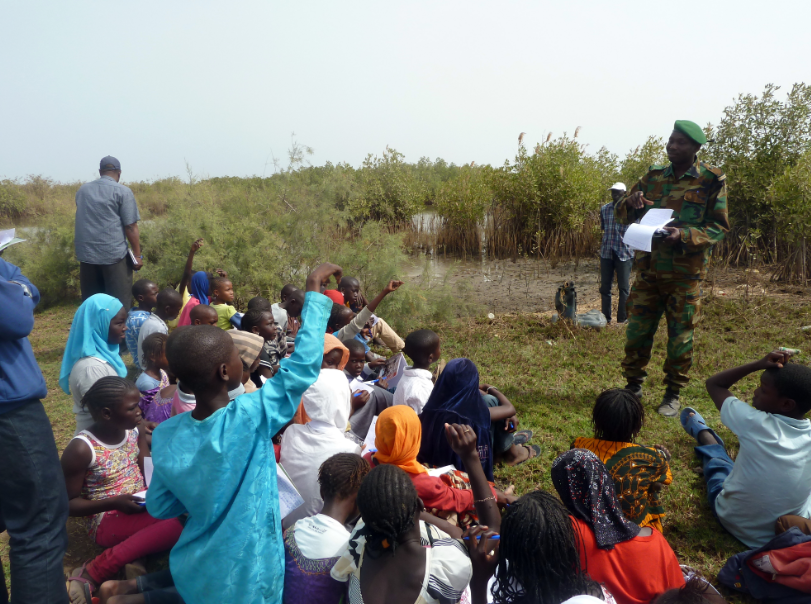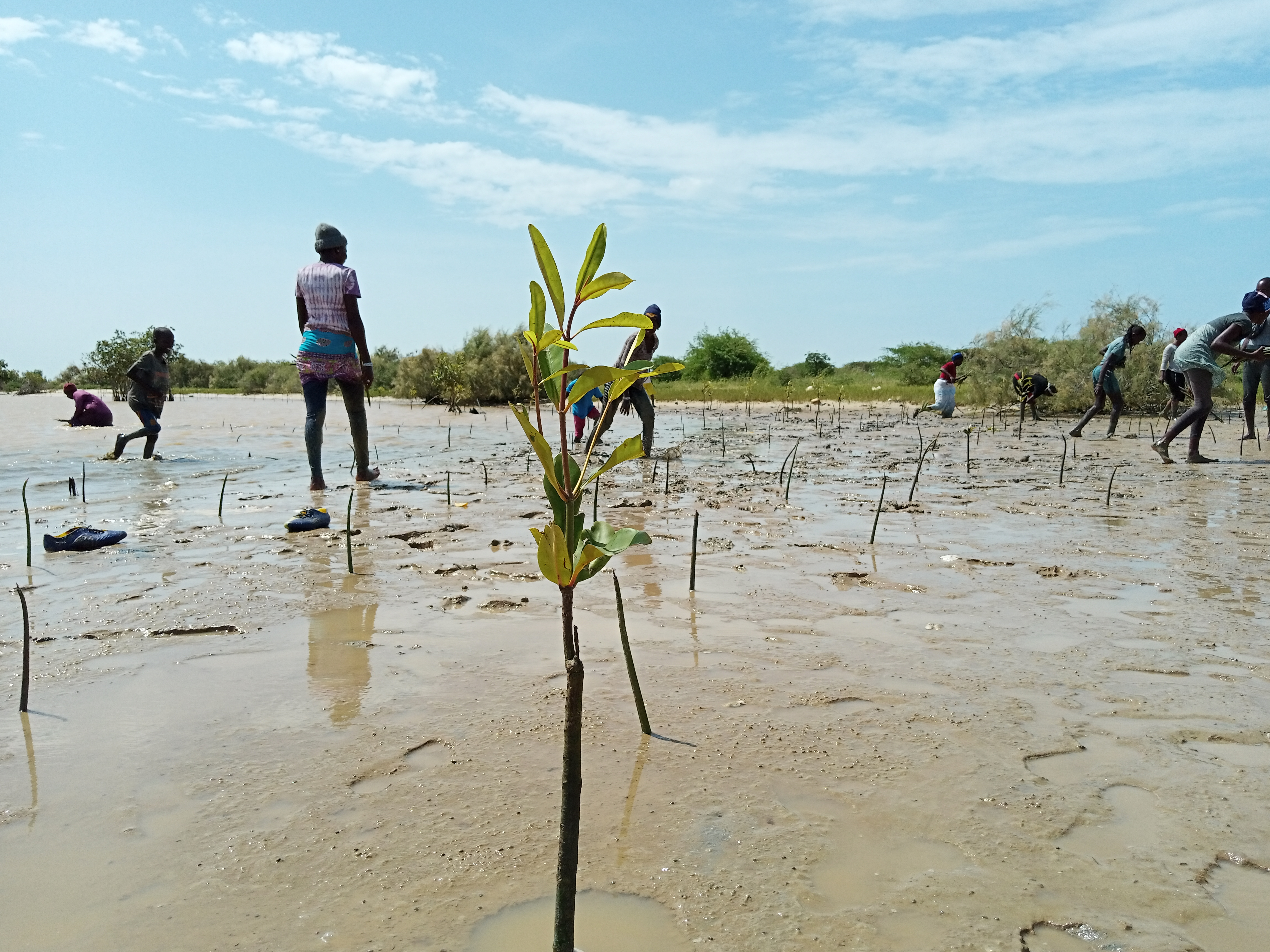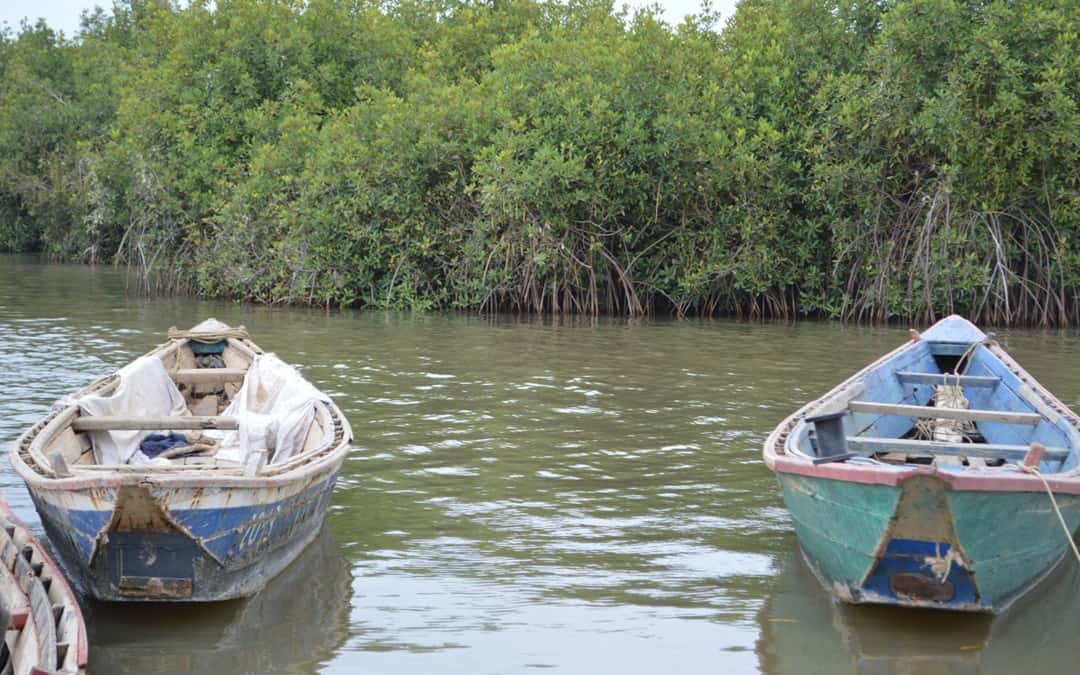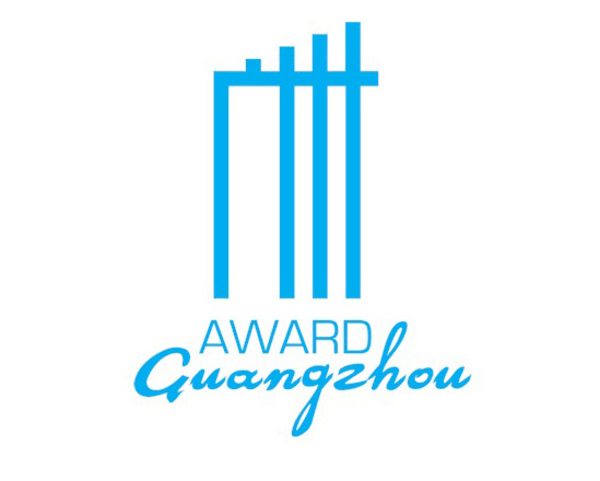City
Department of St. Louis, Senegal
Main actors
Local Government, Regional Government, NGO / Philanthropy, Community / Citizen Group
Project area
Whole City/Administrative Region
Duration
2012 - 2020
Inter-municipal approach for the protection and enhancement of the Mangrove ecosystem
Mangrove ecosystems provide essential benefits and services for food security, maintaining fisheries and forest products, and protecting against storms, tsunamis, and rising sea levels, to preventing coastal erosion, regulating coastal water quality, and the provision of habitats for endangered marine species.
In 2017, Unesco reported there had been a 67% loss of mangroves and that in the next 100 years the unprotected mangroves could disappear.
The Departmental Council of Saint Louis in Senegal has developed an innovative approach to protect the mangrove environment by strengthening governance. Across three municipalities Saint-Louis, Gandon and Gandiole, the initiative addresses urgent urban climate challenges and simultaneously improves livelihoods through the promotion of sustainable and structured economic activities.
Guangzhou Award
This project was awarded the 'Guangzhou Award' in 2021.
External links / documents
On Map
The Map will be displayed after accepting cookie policy




